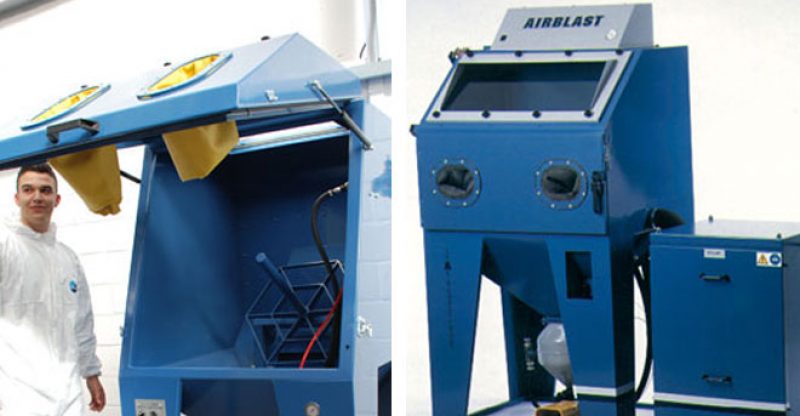In the not too distant past, contractors, particularly those working on large commercial and industrial building projects, worked closely with a small number of industrial distributors for all of their parts, components, and material supply needs. In reality, the established contractors still use this ordering and supply model, and this is often the way these contractors are able to provide the top levels of service and support they offer to their customers.
Today, it is not uncommon for newer contractors or startup companies to make the mistake of thinking that using a large number of suppliers is the best route to take. While they may save a small amount on specific items, they may also overpay for parts and materials and simply not have the time to price check every item they purchase.
There are other reasons to choose to work with a small number of industrial distributors, or in many cases, just one distributor. Building a working relationship between the contractor and the distributor offers at least three distinct advantages.
Quality Materials
Working with an established distributor in your industry ensures all materials meet all building code requirements and are manufactured to meet industry standards. This allows for peace of mind when ordering, without the need to source all products before placing the order.
Large Orders Save Time and Money
Ordering all parts and materials from one distributor can save time and money. This includes reducing the time to receive and inventory deliveries, managing multiple vendor accounts, and also dealing with follow-up questions or add-ons to the orders.
Ordering through an experienced distributor can also allow a review of the order, potentially catching any omissions or errors that can cause problems and delays.
Troubleshooting Support
Keep in mind; experienced industrial distributors are experts on the products they sell. They are a valuable resource in troubleshooting challenges on the job or overcoming issues that may arise due to unforeseen issues in the design phase of the project.


